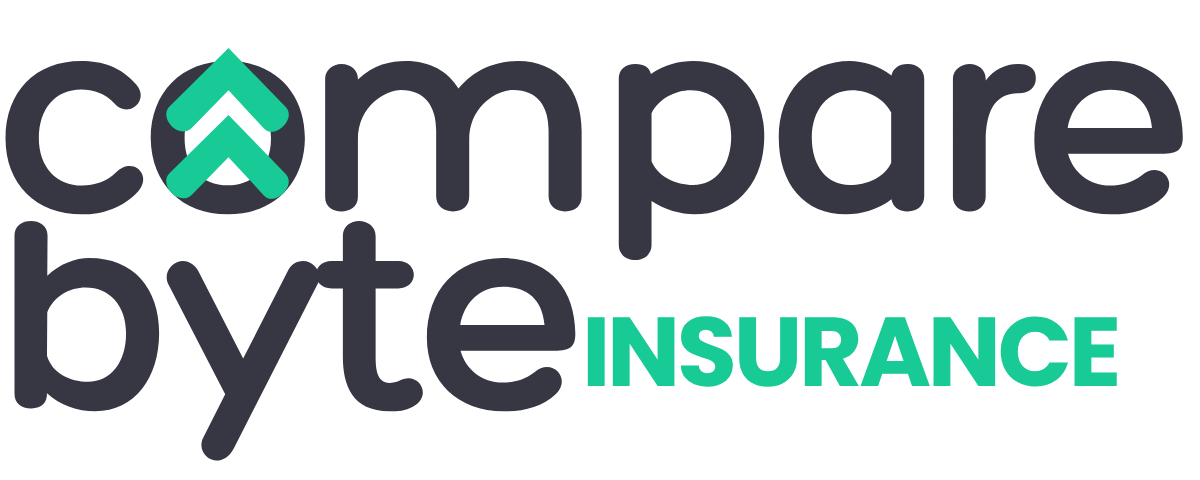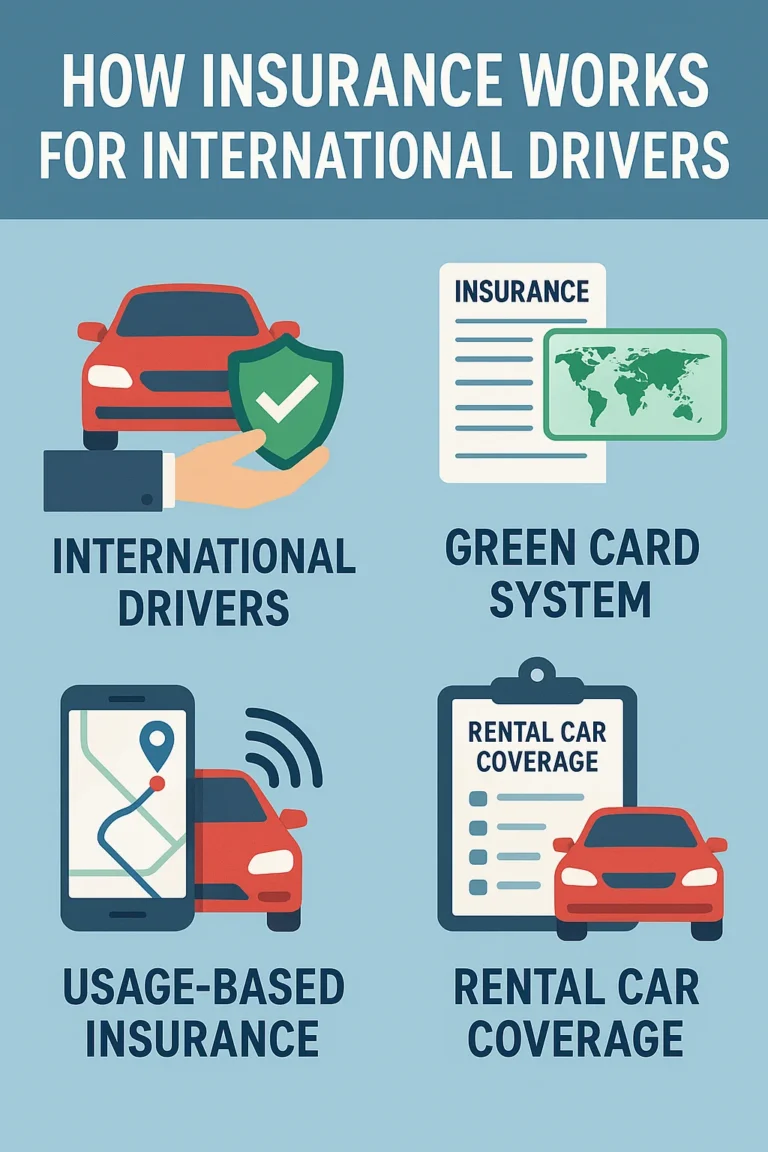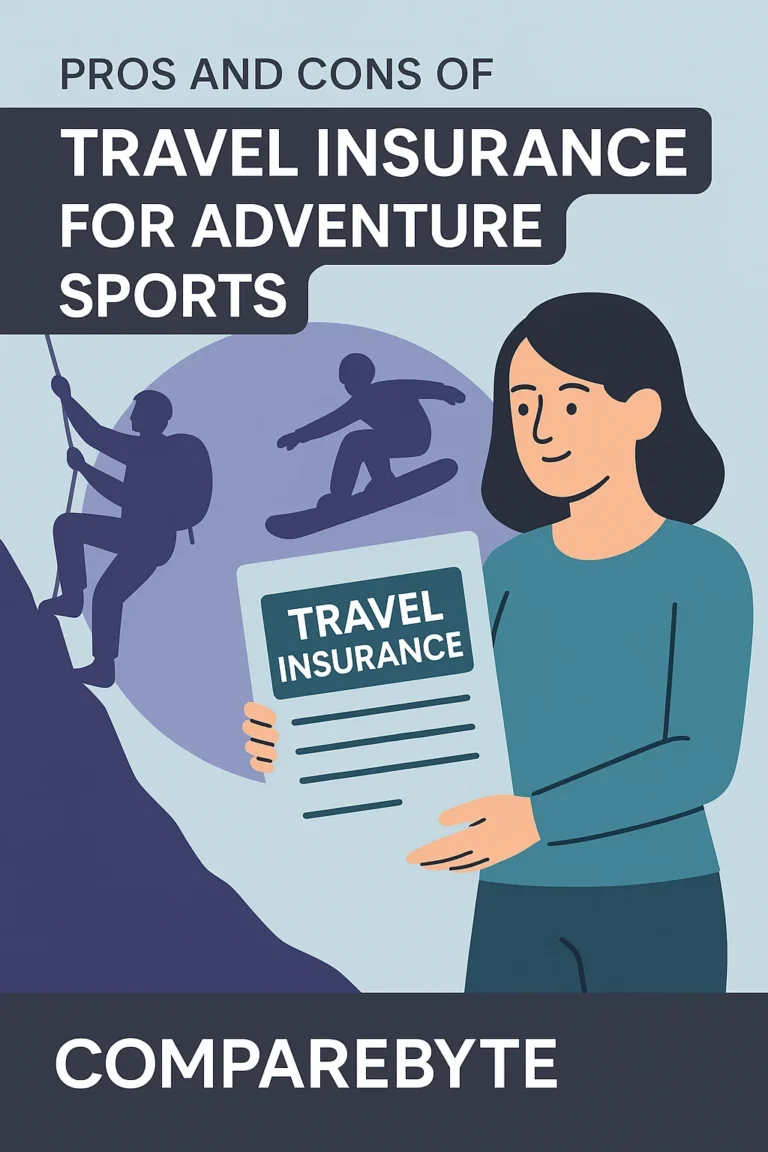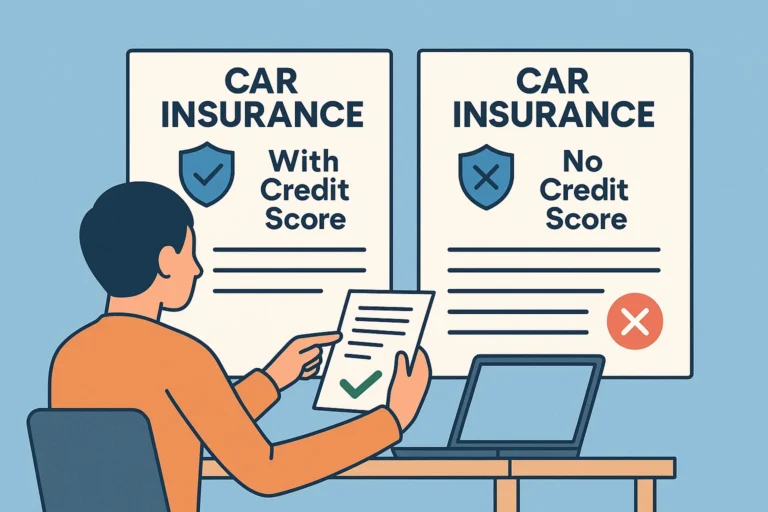For students living away from home, managing transportation can be stressful — especially when unexpected vehicle issues occur. Whether commuting to campus or going on weekend road trips, having roadside assistance insurance can be a real lifesaver. But with so many options available, how do students know which plan suits them best?
This guide explores the best roadside assistance insurance for students, comparing standalone services with those offered through auto insurers. We’ll break down features, benefits, costs, and scenarios to help students make informed choices.
Roadside Assistance Options: Standalone vs. Auto Insurance Add-on
Standalone Roadside Assistance Plans
Standalone roadside assistance plans are offered by companies like AAA, Better World Club, and Good Sam. These services operate independently from your car insurance provider, meaning anyone can sign up — even if they don’t own a car.
Many standalone providers offer tiered packages with services like towing, battery jump-starts, flat tire changes, lockout assistance, and emergency fuel delivery. Plans typically cover the person, not the vehicle — a plus for students who share or borrow cars.
Some providers also include travel and hotel discounts, identity theft protection, or legal fee coverage, making these plans appealing to students who travel frequently or want added peace of mind.
However, costs may be higher than insurance add-ons, and some providers have limitations on the number of annual service calls or distance of tows.
Examples: AAA, Better World Club
Roadside Assistance via Auto Insurance Add-ons
Many car insurance companies offer roadside assistance as an optional add-on. Providers like Geico, State Farm, and Progressive typically bundle services with existing policies for a small monthly or yearly fee.
This option is convenient because it’s integrated into your existing insurance plan, often costing less than standalone alternatives. Coverage usually includes towing, lockout services, and jump-starts, although extras like trip interruption or hotel discounts are rare.
Insurance-based roadside assistance often only covers the insured vehicle, which may be a downside for students who use shared or borrowed cars. Response times and service quality can also vary based on local contractors.
Examples: Geico, State Farm
Comparison Tables: Pros and Cons
| Feature | Standalone Plan | Insurance Add-on |
|---|---|---|
| Cost | $50 – $150/year | $10 – $30/year |
| Coverage | Person-based | Vehicle-based |
| Additional Perks | Travel discounts, legal aid | Minimal perks |
| Provider Flexibility | Multiple companies | Tied to insurer |
| Service Quality | Consistent (AAA network) | Varies by insurer |
| Provider | Student Discounts | Service Calls/Year | Cost |
|---|---|---|---|
| AAA | Yes | Up to 5 | $70 – $120 |
| Geico Add-on | No | Unlimited (limits apply) | ~$15/year |
| Better World Club | Yes | 4 | $58 – $97 |
Which Option is Best for Which Student?
Students Who Own a Car
If a student owns a vehicle and already pays for auto insurance, adding a low-cost roadside assistance option to their policy can be efficient and budget-friendly. Since the coverage is vehicle-specific, this ensures support for the car they regularly drive.
Students Who Rely on Shared or Borrowed Vehicles
For those who often drive different vehicles — such as friends’ or family cars — a standalone roadside plan is ideal. Since coverage follows the person, students can receive help regardless of which car they’re in.
Students Who Travel Frequently
Standalone plans are preferable for students who frequently go on long drives or cross-state trips. Added benefits like hotel discounts and extended towing can be lifesaving in unfamiliar areas.
Real User Experiences and Scenarios
Jessica (University of Oregon): “I live three hours from campus, and my AAA membership has saved me twice during tire blowouts. I don’t own a car but drive my roommate’s often — it’s a perfect fit.”
Ali (Georgia State University): “I added roadside assistance through Geico when I bought my first car. It’s cheap, and the one time I locked myself out, the service showed up in 25 minutes.”
Maya (NYU): “Better World Club appealed to me because they’re eco-conscious. As a climate-focused student, their mission aligned with mine. Service was fast when my battery died downtown.”
Conclusion and Recommendation
Ultimately, the best roadside assistance insurance for students depends on vehicle ownership, usage habits, and budget. If you own a car and want affordable coverage, your insurer’s add-on might suffice. If you prioritize flexibility or don’t own a car, go standalone.
Before choosing, evaluate your typical driving patterns, risk tolerance, and whether perks like hotel discounts or travel support matter to you.
Recommendation: For most students, starting with an affordable insurance add-on is the easiest route. Those with more complex driving patterns should explore premium standalone plans like AAA or Better World Club.
Check out our related guides: How to Save on Student Auto Insurance and Travel Insurance for College Students






